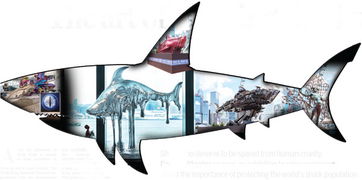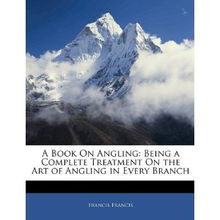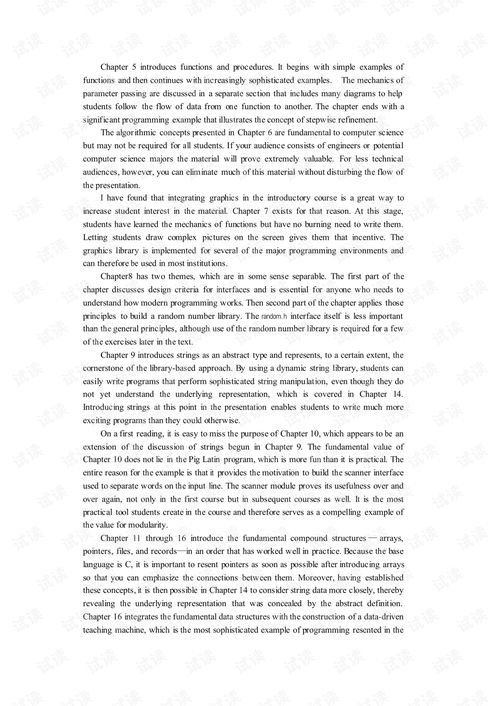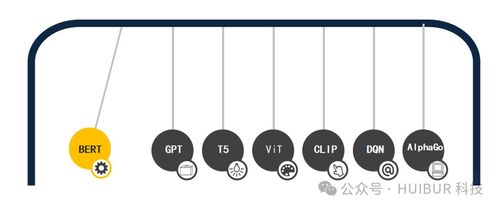Content:
Carp fishing, with its rich history and the allure of reeling in a trophy-sized fish, has captivated anglers for generations. Among the various species of carp, the big carp, or mirror carp, stands out for its striking appearance and formidable fighting ability. If you're eager to master the art of catching these majestic creatures, here are some essential fishing techniques that can help you hook a big carp.
Choose the Right Equipment

The first step in carp fishing is to ensure you have the right equipment. For targeting big carp, you'll need a sturdy and durable setup:
- Reel: A baitcasting reel with a smooth drag system is ideal for handling the weight and fight of a big carp.
- Rod: A heavy-duty rod with a fast action is recommended to handle the brute strength of a large carp.
- Line: Use a monofilament line with a breaking strain of at least 15-20 pounds to ensure it can withstand the strain.
- Leader: A leader of 6-10 feet with a breaking strain of 15-20 pounds is essential to protect your main line from the sharp teeth of a carp.
Select the Right Bait
Carp are known for their voracious appetites and can be caught on a variety of baits. Here are some top choices:
- Boilies: These are pre-mixed, high-protein pellets that are a favorite among carp. They come in various flavors and sizes, making them versatile for catching big carp.
- Flour Baits: These are made from flour and other ingredients and can be customized with additives to attract carp.
- Grains: Corn, wheat, and barley are natural carp foods and can be used as simple and effective baits.
- Dead Baits: Using dead baits like maggots, worms, or even small fish can be highly effective for catching big carp.
Understand Carp Behavior
Carp are bottom feeders and are often found in shallow waters. Understanding their behavior can help you choose the right spots to fish:
- Shallow Waters: Big carp are often found in shallow waters where they can feed and hide from predators.
- Vegetation: Look for areas with dense vegetation, as carp use it for cover and to break the surface light.
- Structure: Areas with structure, such as reeds, logs, or weed beds, can be prime spots for big carp.
Patience is Key
Carp fishing requires patience and perseverance. Big carp are often cautious and may take time to take a bait:
- Set Your Bait: Once you've found a good spot, set your bait and wait. Carp can be slow to approach, so give them time to investigate.
- Keep Your Line Taut: Even if you don't feel a bite, keep your line taut to ensure you're ready for when the carp strikes.
- Stay Quiet: Carp are sensitive to noise, so it's important to stay quiet and minimize any disturbances.
Learn to Play the Fish
When you finally hook a big carp, it's crucial to play the fish correctly to avoid losing it:
- Control the Fish: Use a steady, but firm, pressure to control the fish. Avoid sudden movements or excessive reeling, as this can cause the carp to break off.
- Keep the Fish in the Water: Avoid bringing the carp to the surface, as this can stress the fish and potentially harm it.
- Use a Net: Once the fish is close to the boat, use a net to safely land the fish.
By mastering these fishing techniques, you'll be well on your way to catching big carp. Remember, patience, persistence, and the right equipment are key to success in the world of carp fishing. Happy fishing!












